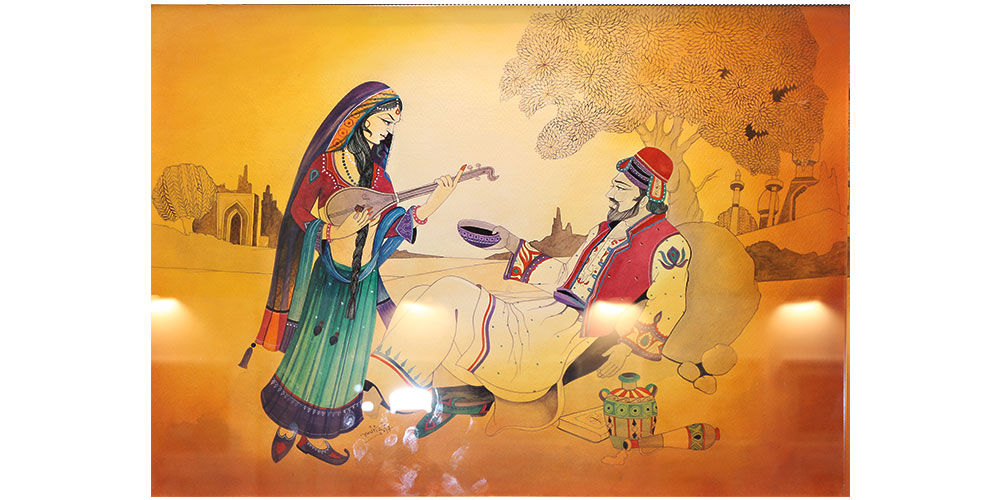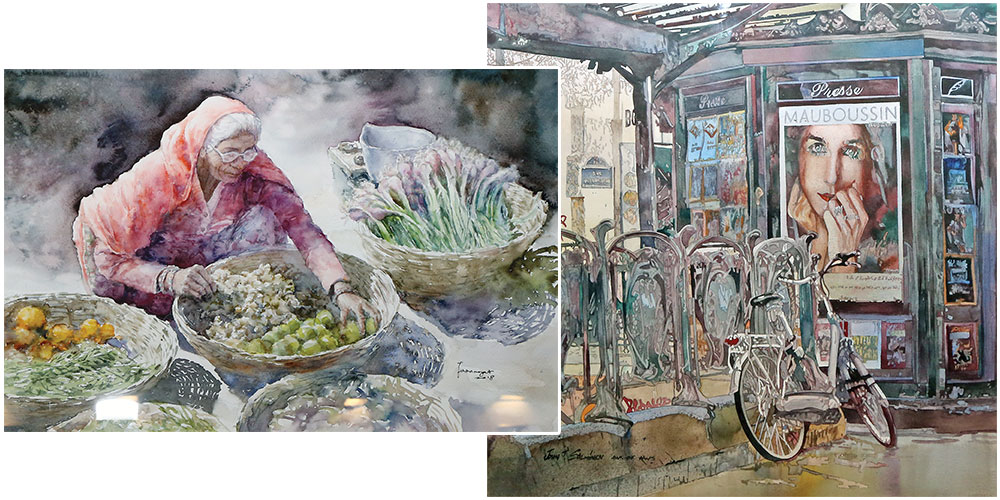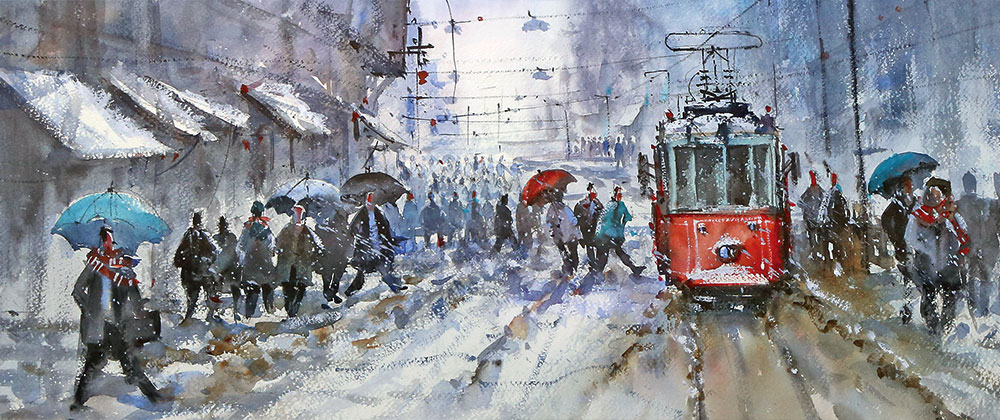Inside Scoop: Anant Ambani and Radhika Merchant’s Grand Pre-wedding Festivities
- 16 Mar - 22 Mar, 2024
As I entered the Jasmine Hall to attend Hues of Diversity II on a breezy Karachi evening, the first thing that struck my mind was “we need more respect for art”. Although the art scene is changing at a fast pace and the exhibition did attract a crowd, there is a dearth of people who understand and appreciate art. I am no expert but I do realise that you don’t need a degree to appreciate art, but merely an eye and an open mind and it will speak to you.
Browsing through a well-lit ‘gallery’, I lamented the fact that this was the first time I had been to an art exhibition. But I would blame total lack of awareness and an absolute absence of effort on part of any educational institution to create interest in the field of arts. When and if the subject of visiting an art exhibition arose, I was always happy to sit it out but that changed with a little bit of exposure as I stared long and hard at a Malang inspired painting by Ali Abbas.

In conversation with Shaima Umer, a watercolour artist and a teacher, I learnt that watercolour art is an entirely different branch of fine arts and requires learning of special skills, techniques and serious training. Sure, art is expression, but not everyone can express without total lack of resources or training. I asked her if every student needs to have a natural talent but she corrected me on the concept, saying willingness can teach you anything.
We had a long conversation over the setting sun at Beach Luxury Hotel as we waited for the exhibition doors to open. She introduced me to the International Watercolour Society (IWS), about how it brings together artists from all over the world to showcase their creations and cater to the art collectors in Pakistan. Local artists, like Ali Abbas, Ghulam Hussain and Qudsia Nisar have received recognition for their work on the international stage but not so much as a focus story by our media.

Having arrived early, I took my sweet time browsing through the exhibits. I found it hard to believe A.H. Rizvi’s paintings were watercolour with all those intricate details from eastern jewellery to henna tattoos and immaculate features; I termed it ‘high-definition’. One of Hajra Mansoor’s works was essentially centrepiece material – bold strokes of orange bringing to life an eastern Aphrodite.
From Ali Abbas’s palette, came the tales of the sufis, malangs and the thousand devotees that live in the world of black and white. Out of the series, there was one piece that narrated the events of a dhamaal to the beat of the dhol, the profound devotion of a lover so clearly etched as he searches for meaning, hands extended skywards. I’m going to go ahead and call it the ‘steal of the show’. It was a intriguing how the art really catches the eye but the effect it leaves on the viewer could have been magnified with a couple of words, a thought that was completely skipped by the organisers. Although each one of the paintings shares a story, none of them were titled. I feel like it would have been more impactful had the paintings been given names.

As I continued to browse, I came across David Poxon’s earthy blend of colours put on view a ladder in an attic. We shared a short-lived infatuation and I thought it would look great on my bedroom wall. But the collection that made me smile came from Eudes Correia’s brush, a Brazilian artist that painted specifically for us. For too long the only art our culture has epitomised has been truck art. Yes, we love it but Pakistan is known for its colour. Paint our street children, paint our donkey carts, paint our fakirs. And that’s what he painted on a milieu of white and what an artwork it was, I must say. This was the truest corroboration that art surpasses all borders. •
COMMENTS